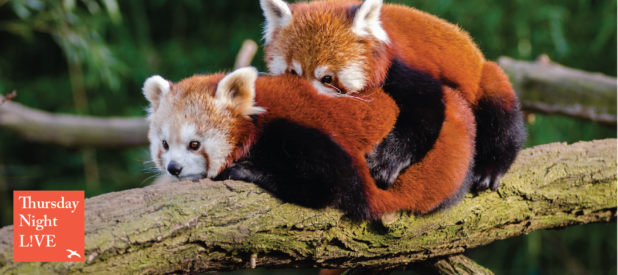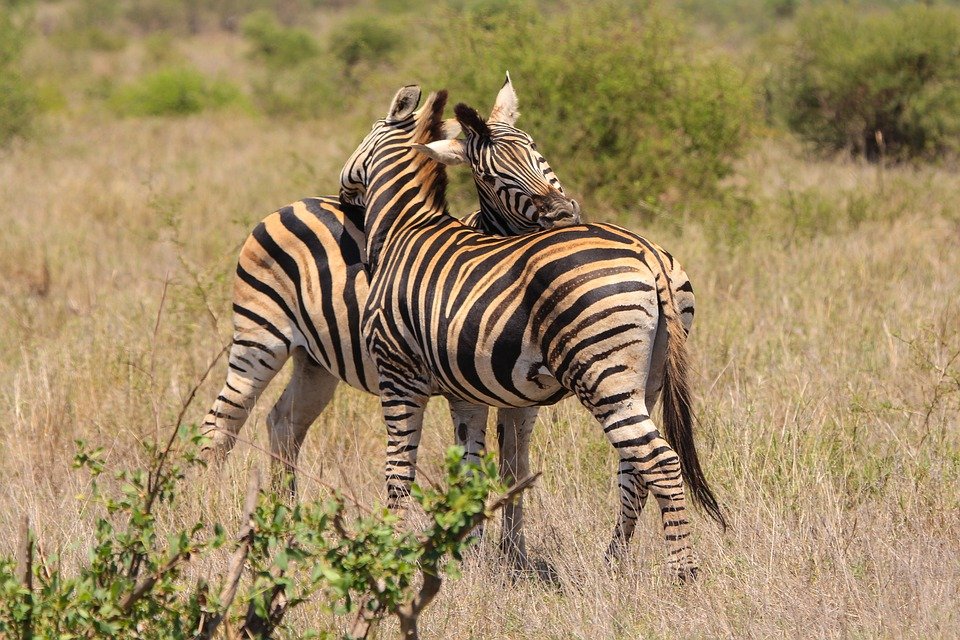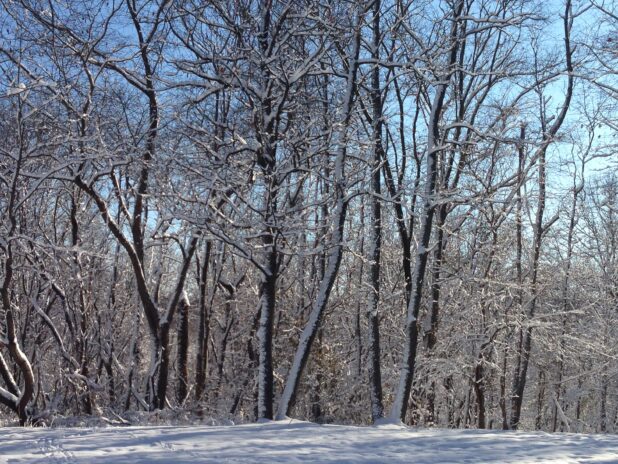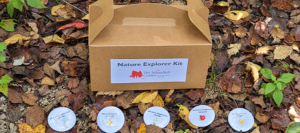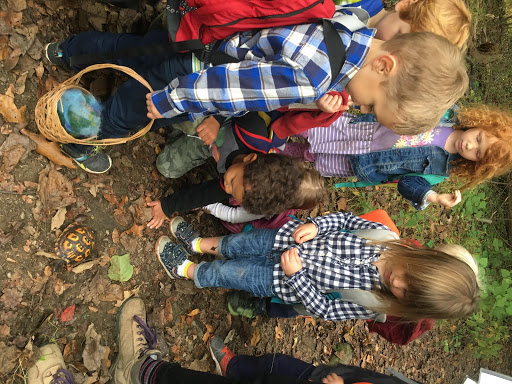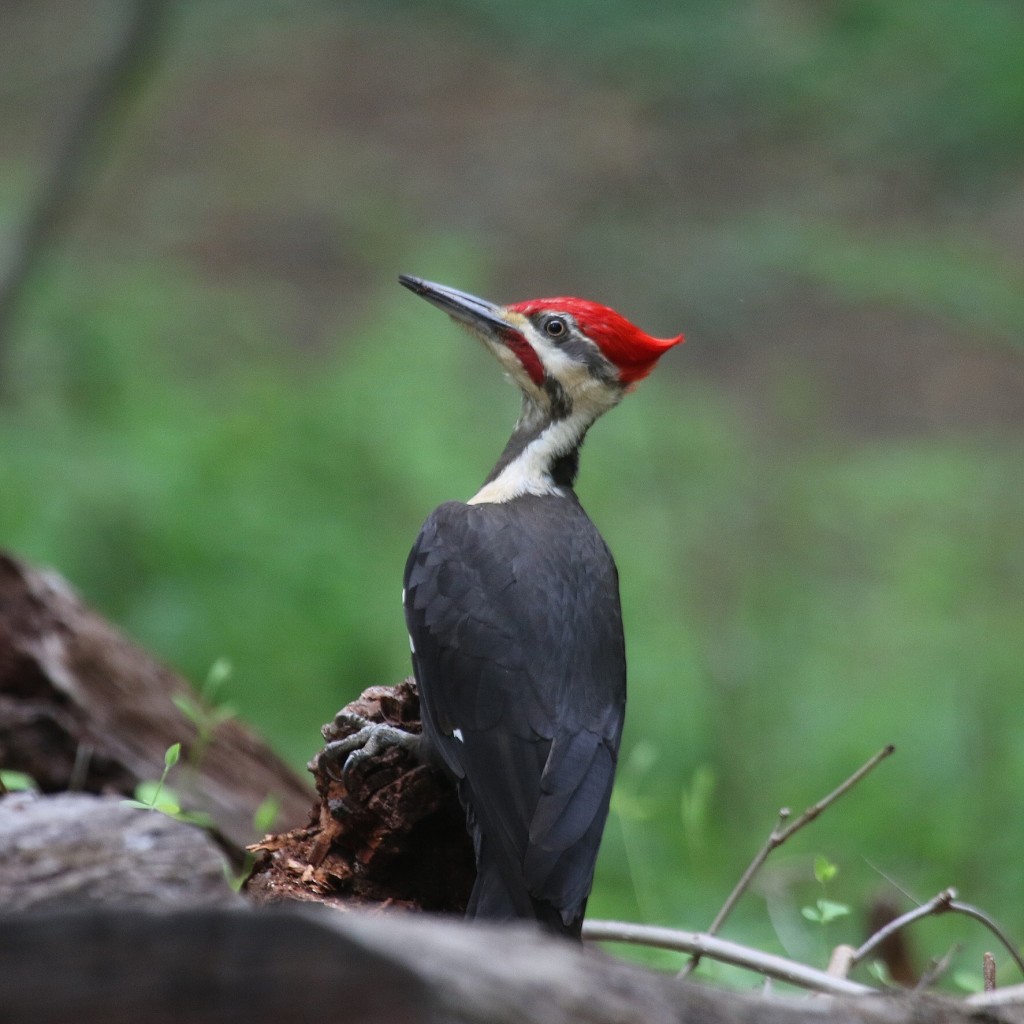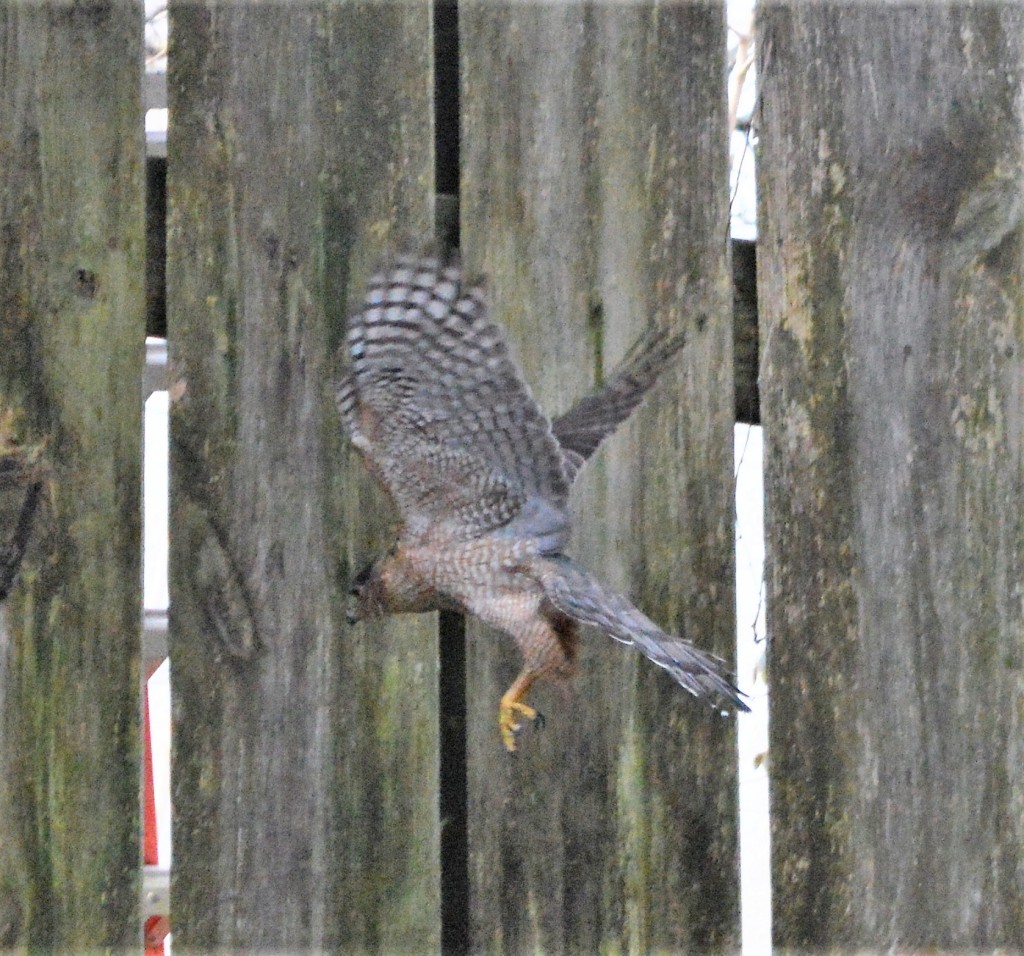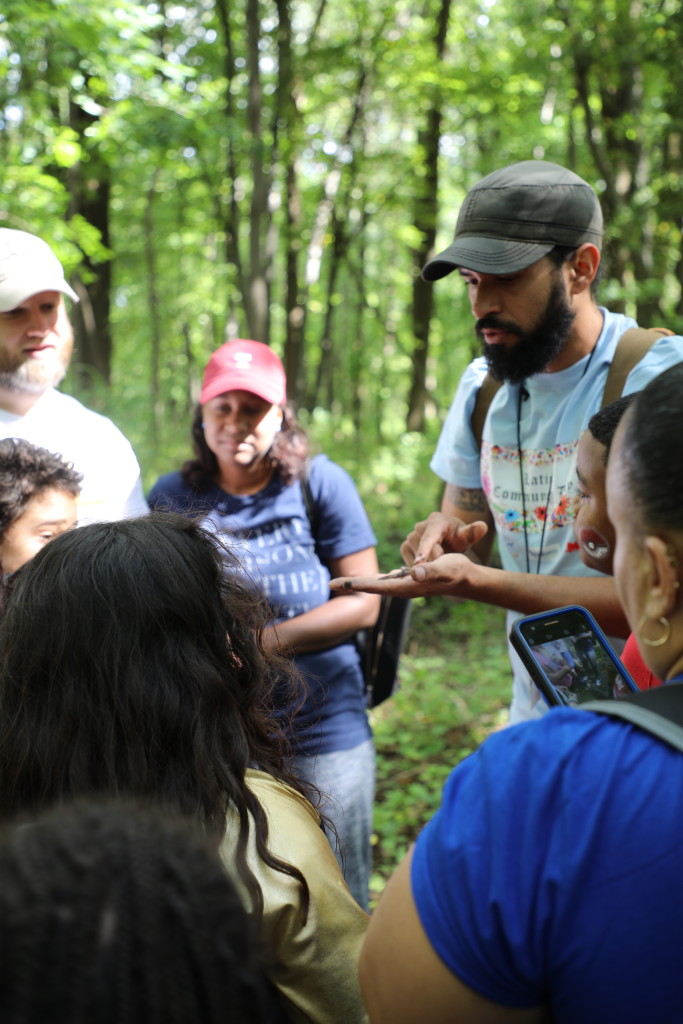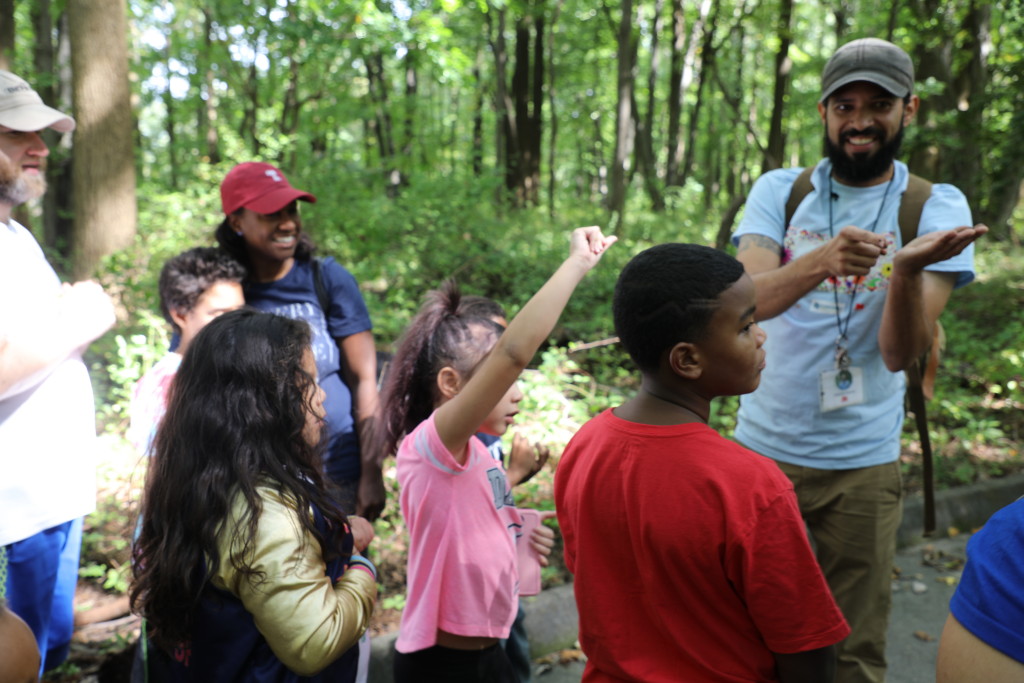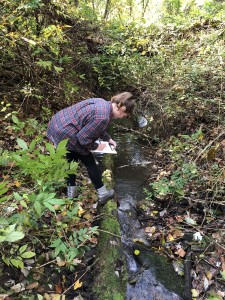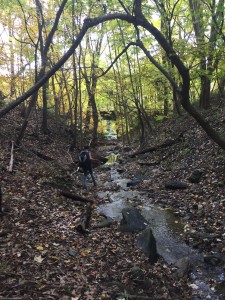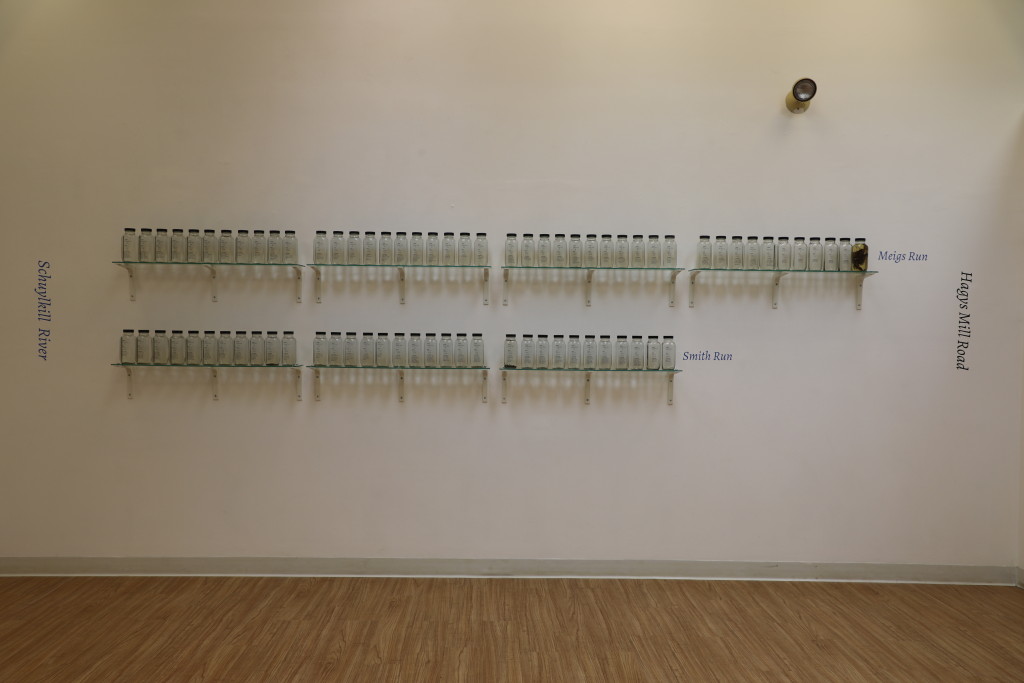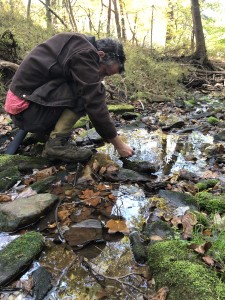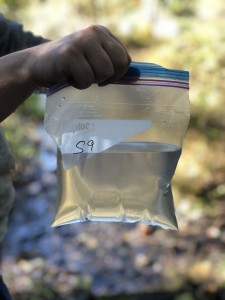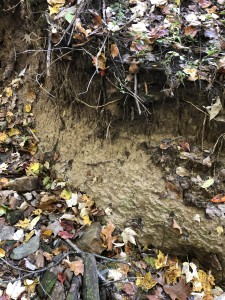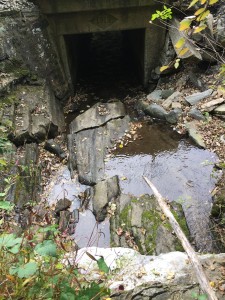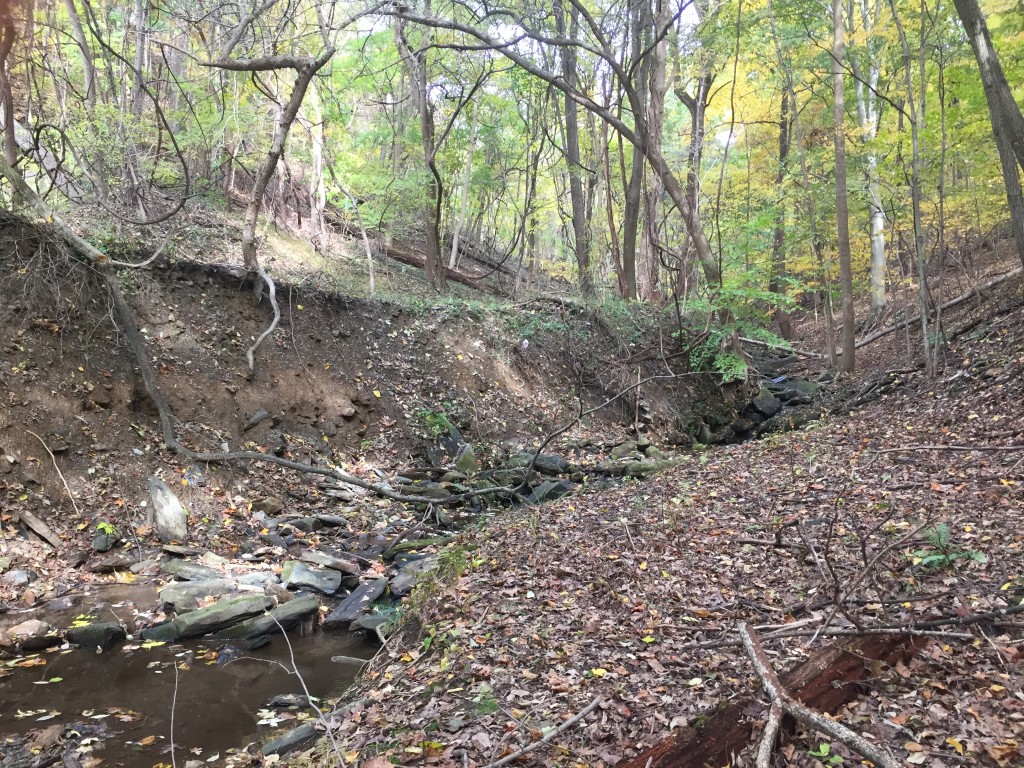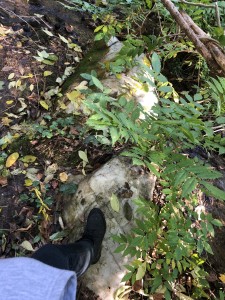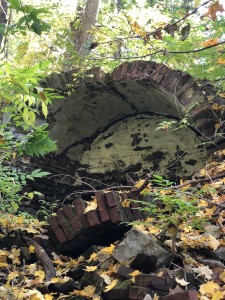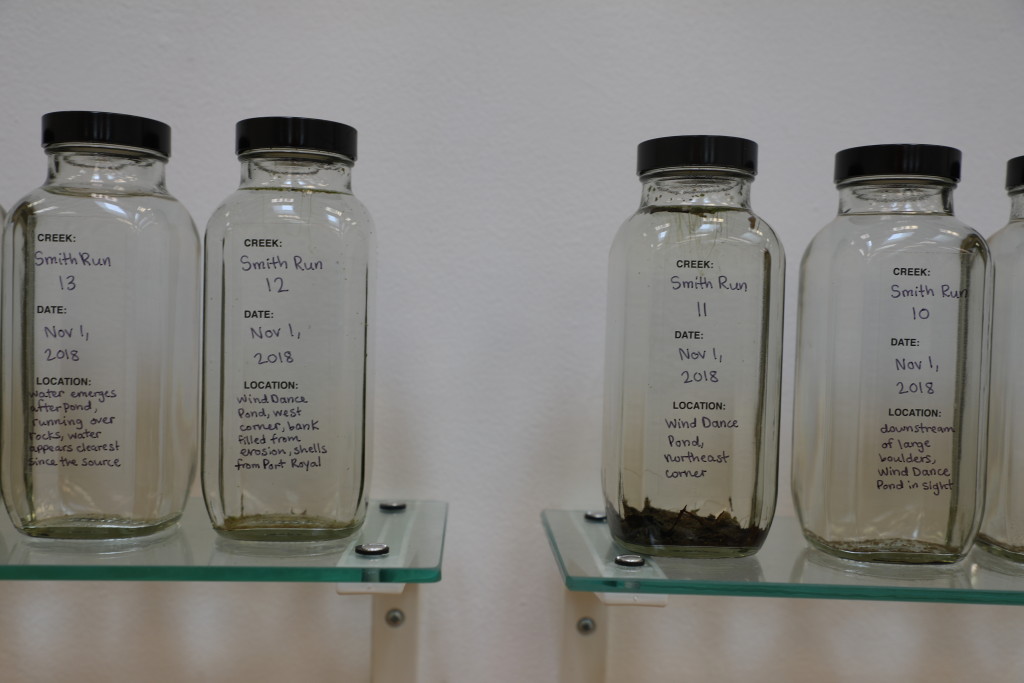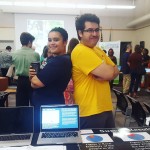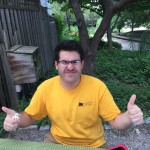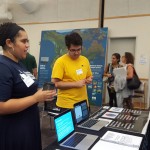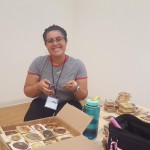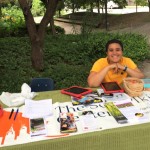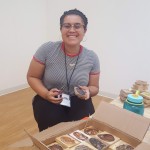Birds do it, bees do it, and sentimental fleas? Don’t even ask.
In celebration of the coming Valentine’s Day holiday, the Schuylkill Center cordially invites you to a special edition of our new Thursday Night Live series. “Naughty by Nature” features the amazing stories of sex and courtship in the animal kingdom, as these stories are extraordinary and just not shared often enough. I’ll be offering this PG-13 lecture on Thursday, February 11 at 7:00 p.m. The event is free, but you’ll need to register and get the Zoom link.
Animals possess a wide range of adaptations to court their mates. So lion manes, buck antlers, firefly flashes, cricket chirps, cardinal songs, and peacock feathers—among many others—are all adaptations to seduce females. Let’s start with those buck antlers.
The antlers give a female strong visual cues as to the health and vitality of the male—the size of the rack matters, and as bucks mature the antlers tend to get larger and larger. But the story doesn’t stop there. Many times on autumn walks around the Schuylkill Center’s trails, I’ve come across a buck’s rut, a scrape in the ground made by the male. He not only scratches the ground clear of grass, but urinates down his hind legs, the urine mixing with hormones secreted by glands in his knee joints, and a witch’s brew of liquids puddles in the mud. The does find the smell, well, irresistible. He has staked out his turf, laid down his calling card—and likely will find does there the next evening. This system works exceptionally well, as just about every doe is pregnant by the time winter settles in.
Let’s swim over to the clownfish, the brightly colored star of “Finding Nemo.” Well, surprise, the movie got it all wrong. In much of the animal kingdom, gender is relatively straightforward; an organism is oftentimes born or hatched as male or female. Bucks are bucks; does remain does. Not so among clownfish.
Clownsfih have this marvelous adaptation of being immune to the stings of the sea anemones that live alongside them in coral reefs. The clownfish uses the anemone as protection, making it harder for those hungry moray eels to get them. A small cluster of clownfish live in and around one anemone, a little community of clowns cloaked by anemone tentacles.
But two of the clownfish are larger, one male and one female, and these are the two that mate; the others are not only celibate, they are all male. Let’s say that moray eel gets lucky, or old age catches up to the female, and she either perishes or is someone’s dinner. What then?
Easy. Turns out clownfish, like a surprising number of fish, are sequential hermaphrodites, possessing the sexual organs of both sexes but suppressing one until needed. In the sudden absence of a female, the large male shifts his sex over and becomes the new female; the remaining smaller males then jockey for position, with usually the next-larger male winning the right to be the new dominant male, bulking up rapidly in size to take his position atop the sexual food chain. Situation solved.
Or let’s see how bees do it, as the song notes. Most of the honeybees you have seen in your life are female workers. There are male bees, the drones, but these bees do not work: they gather no nectar, make no honey, clean no queen, raise no brood. They have only one, albeit important, reason for being, a singular task to accomplish: they are living sperm containers waiting for a virgin queen to fly. They are flying insurance policies.
And somehow the drones of neighboring hives all know where to congregate—they all get an unwritten memo and map in a secret code that scientists have yet to crack. And there they wait…
So when a new queen emerges from her special queen cell in the hive, her first task is to scour the hive looking for other queen cells, as hives with an aging queen likely raise multiple new queens to make sure one works out. The first queen that hatches then kills the others immediately; sororicide, the killing of sisters, is her very first act.
Her next act is to tank up on sperm. To do that, she flies to those same drone congregation areas; she’s got the map as well. And the fastest, maybe the luckiest, male who catches her first mates in mid-flight. Unfortunately for him, copulation results in death; he immediately falls to the ground as the climax to her nuptial flight, and she has the sperm she needs for a lifetime of egg laying.
Those drones are also incapable of feeding themselves; they beg for food in the hive by tapping on the antennae of female workers who obligingly regurgitate food for them. Until the fall. As the hive slides towards winter’s lean season, no nuptial flights will be occurring and the hive needs its honey to survive the winter. Now, drones are expendable. So when the males tap females for food, the workers deny the request, and the drones starve. They die in the hive, and are carried out by female undertaker workers to be unceremoniously dumped outside the entrance. Ah, love.
So calling all bucks and does, or even stags: join me for a lively evening discussing the delightful and surprising sexual antics of the animal kingdom, just in time for Valentine’s Day.
–By Mike Weilbacher, Executive Director

